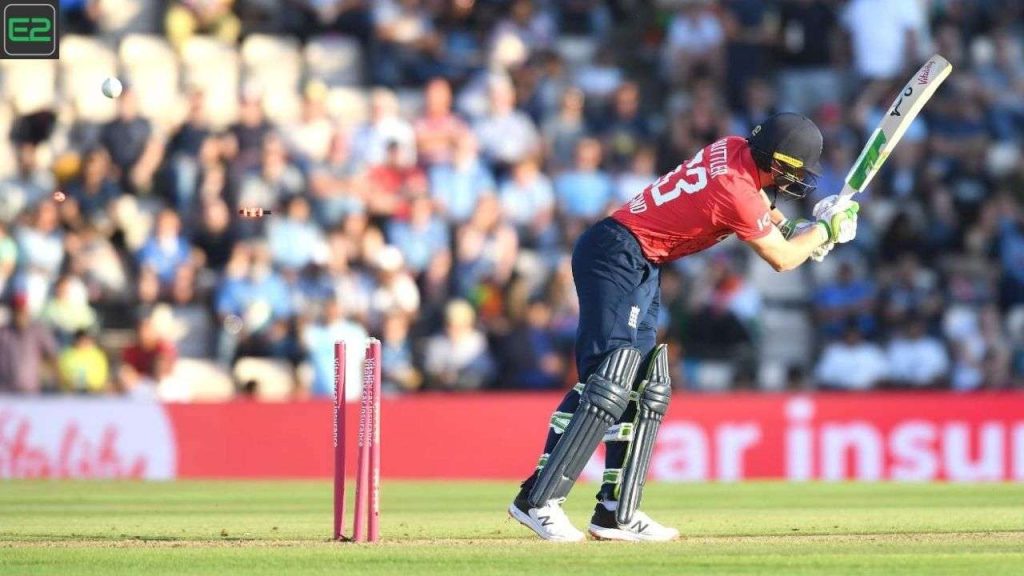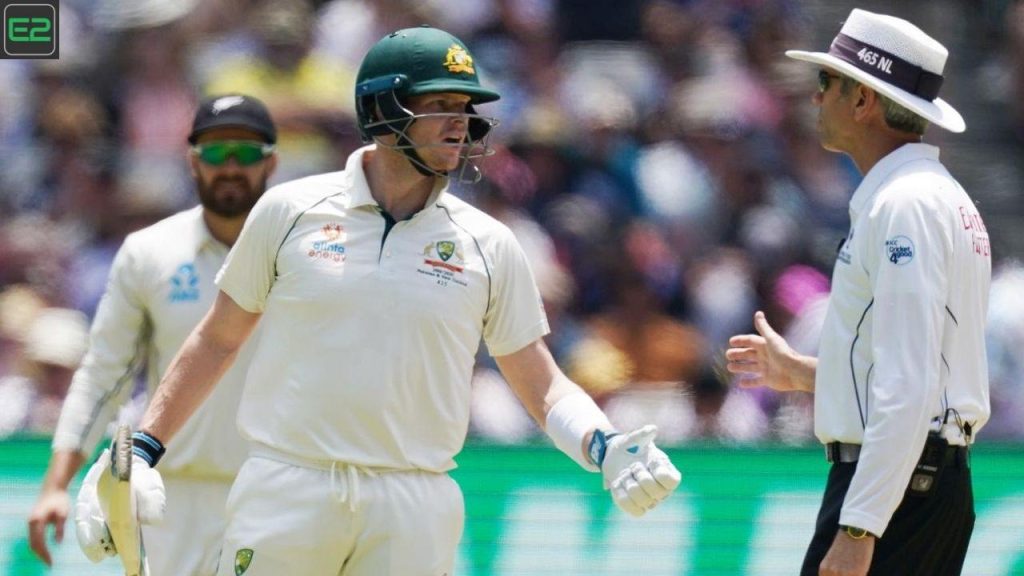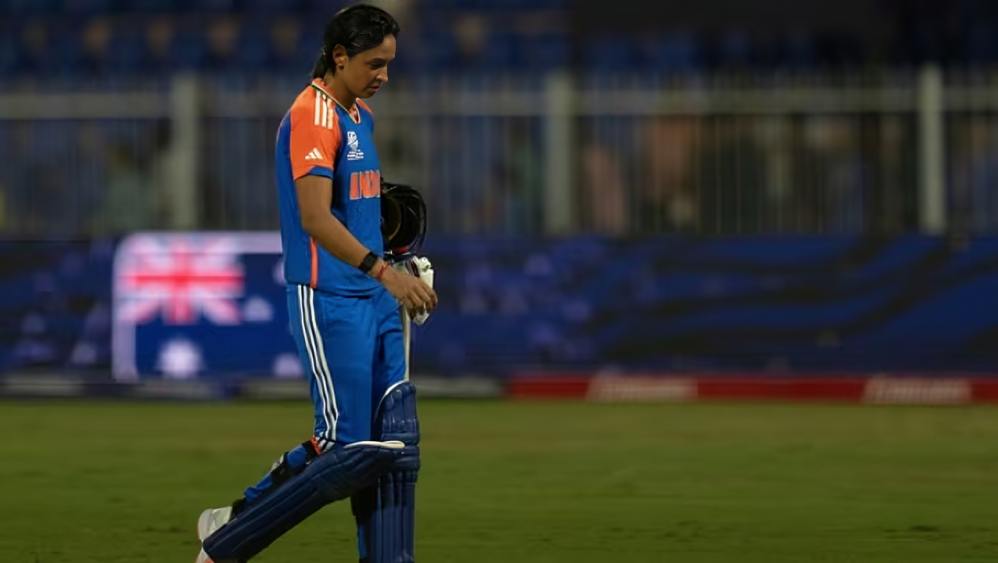Test cricket is a form of first-class cricket played internationally between teams that are full members of the International Cricket Council (ICC). Each match consists of four innings, with two innings per team. The objective is for one team to dismiss all of the opposition’s batsmen, while also batting until all but one of their own are out. The game is played over a maximum of five days, with six hours of play scheduled each day, and at least ninety overs to be bowled daily. Test cricket is known as the longest format in the sport.
In the past, Test matches were sometimes played without a time limit, known as “Timeless Tests.” The term “test match” itself was first used in 1861–62.
Regarded as the purest form of the game, Test cricket challenges both the skills and endurance of players. It is considered the ultimate format, played between international teams granted Test status by the ICC, the sport’s governing body.
Significance of the Stumps in Test Cricket
The three vertical pillars that form the wicket and support the bails in a test match are known as the stumps. A batsman can be dismissed via stumping or being stumped. The play is finished for the day when the umpire calls stumps. After the last delivery of the day was delivered, the umpires would draw the stumps, or the two sets of wickets, out, which is how the term “stumps” originated in Test Cricket.
The bails are supported by three vertical poles called stumps. While bowlers try to remove the bails to dismiss the batter, batsmen try to protect these stumps. The validity of run-out and bowled dismissals is largely dependent on the stumps. Three stumps buried in the ground and two bails on top make up a wicket.
Construction of the Cricket Stumps
The stumps consist of two bails supported atop three vertical stands. The wicket is constructed entirely of wooden bails and stumps. With a diameter ranging from 1.5 inches (3.81 cm) to 1.38 inches (3.49 cm), each stump is 28 inches (71.1 cm) tall. The stumps have spikes on one end. The stumps’ penetration into the earth is aided by these spikes. A U-shaped groove on the top of the stump aids in the placement and stability of the bails.
Off Stump – It is the stump that is on the side of the wicket that is offside or the side that the batsman placed his bat on.
Middle Stump – It is the central stump, situated between the leg and off stumps, the two external stumps.
Leg Stump – The stump that is now in place is on the same side as the batsman’s legs, or the on-side of the wicket.
Scoring Runs in Test Cricket
Before the bowling team can remove the bails on the stumps (a set of three poles at either end of the wicket), the batting team must smash the ball and sprint to the other end of the pitch to score a run. A single hit can score several runs, but only if the hitters think they have enough time to finish more than one.
Stumps as a Mode of Dismissal in Test Cricket
In the game of test cricket, a certain method of dismissal is also referred to as “stumps.” According to test cricket rules, a batter gets “stumped” when they are out of their crease and the wicketkeeper removes the bails. Additionally, the stumps must be moved in the event of a run-out or bowled-out. Consequently, stumps are important in a variety of dismissal techniques.
Stumps as an End-of-Day’s Play in Test Cricket
In cricket, stumps are sometimes used to indicate the conclusion of a game. The phrase is used in the longest format of cricket, which consists of four- to five-day Tests and First-Class matches.
The umpire’s signal stumps when the last delivery of the day is bowled, signaling the end of play for the day. When a session concludes before lunch or tea, they remove the bails, and the umpires remove the stumps to indicate that play for the day is over.
To signal the conclusion of the day’s play in modern cricket, the umpires remove the bails from the top of the stumps after announcing the “Stumps” at each end (batting and bowling).
Conclusion
Test cricket relies heavily on stumps, which are an essential part of the game. Stump plays a crucial part in the way the game is played, whether it is because of the bowler going for them, the wicketkeeper protecting them; the batter attempting to shield them from the ball, or the fielders positioned around.













